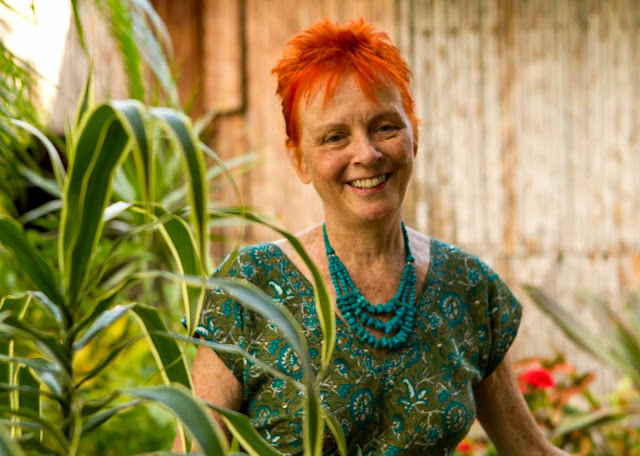Sharing the beaches with sea turtles

Marine scientist and Technical Advisor to Save Our Sea turtles (SOS) Tobago, Dr Michelle Cazabon-Mannette, discusses how we manage events and activities mindful of other creatures with whom we share the coasts and beaches of Tobago. This feature was published in the Tobago Newsday on April 28, 2017. Our beaches are a natural asset whose value we can’t deny. Who doesn’t enjoy a beach lime? Locals and tourists alike flock to our beaches every chance they get, for recreation and relaxation. Beachfront properties are in high demand and drive real estate prices up. Like most small islands, we experience generally high levels of coastal development, with the majority of residential, industrial and tourism activities located within our coastal zone. The coastal zone, however, is fragile and contains biodiverse ecosystems such as coral reefs, seagrass beds and mangrove swamps, which provide a range of services upon which we all rely. In addition to the pressure placed on the coast b



